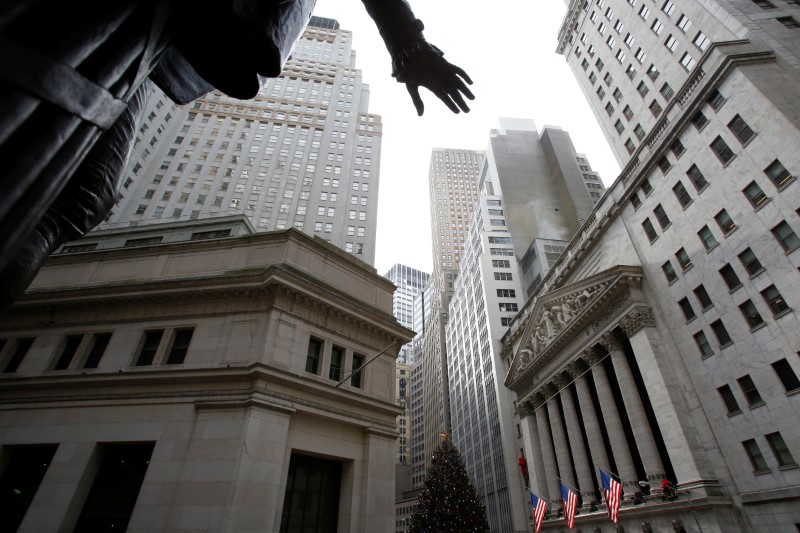Is the bull market over?

When the market is greedy, that’s when you’re most vulnerable. But today, greed is quickly giving way to fear, as the January Consumer Price Index (CPI) report from the Bureau of Labor Statistics (BLS) shows that U.S. inflation is unexpectedly stubborn.
“Static” inflation has far-reaching effects, few of which are positive for the economy and financial markets. One of the most influential considerations is how persistent inflation will affect the thinking of the Federal Reserve and Chairman Jerome Powell.
With the January CPI report released, greedy stock market investors may need to rethink their optimism and adjust their portfolio strategies. Thus, just one month of inflation data can have implications for the entire year, beyond the “sticker shock” caused by rising prices of various essential goods.
Inflation is slowing… Not fast enough.
For stock investors, the January CPI report is a good news/bad news scenario. But the bad news outweighs the good news.
Starting with the positive news, we see headline inflation slowing month by month. Specifically, the CPI in January increased 3.1% compared to the previous year. In contrast, December’s CPI showed an increase of 3.4%.
To be clear, this doesn’t usually mean that the products and services you purchase are cheaper. It just means that the rate at which things are becoming more expensive is slowing down. In other words, this is not deflation. It’s just disinflation.
That’s it for the good news. January’s CPI rose 0.3% month-on-month, representing an increase compared to December’s 0.2% month-over-month CPI rise.
Economists had hoped for more encouraging statistics. Specifically, they expected the January CPI to increase 2.9% year-over-year and 0.2% month-on-month.
Falling energy prices seem to be the only thing that stopped the January inflation report from being much worse than it actually was. Energy prices in January fell 4.6% year-on-year and 0.9% month-on-month.
Besides energy, prices of almost all essential items rose in January. Shelter costs increased 0.6% month over month and 6% year over year. Unfortunately, food prices rose 0.4% month-on-month, and car insurance premiums rose 1.4% month-on-month. Meanwhile, medical expenses in the United States rose 0.5% compared to the previous month.
For what it’s worth, the average price of a new car or truck hasn’t changed. But that’s little consolation to many Americans who can’t afford a new vehicle.
The market confirms reality
While it has a profound impact on everyday Americans on Main Street, it also has an impact on Wall Street today. After all, it was only a month or two ago that most investors assumed the Federal Reserve would cut interest rates at least six times this year, starting in March.
When the Federal Reserve decided not to cut interest rates in January, the stock market was unperturbed. Stock traders had been hoping for a rate cut in March, but that is now perceived as unlikely because inflation is not cooling fast enough.
Suddenly the market was reminded of Powell’s earlier, not-so-subtle warning. Not long ago, the Federal Reserve Chairman signaled that a rate cut at the March meeting was unlikely and would not apply to the Fed’s base case.
These hints from Powell weren’t enough to stop the continued rise of the S&P 500 (SPX) and especially the NASDAQ 100 (NDX). A handful of big tech stocks are pushing these market-cap-weighted indices higher.
Investors today are becoming more cautious when considering whether the market has gotten ahead of itself. Stocks are particularly vulnerable because the bull market was largely based on the assumption of short-term interest rate cuts.
If you really want to know how the market feels about today’s CPI data, take a look at how bond traders react. The yield on the 10-year U.S. Treasury note rose nearly 2.5% to 4.28% as traders worried about longer-term interest rate policy.
Skyler Weinand, Chief Investment Officer at Regan Capital, expects the collapse in bond yields to continue as the Federal Reserve continues to press to begin rate cuts in March.
“Bond yields have not peaked, and we believe a five-handle 10-year Treasury yield is more likely than a three-handle in 2024. Continued inflation, full employment, and strong growth are likely to lead to a rate cut by the Federal Reserve. There may be delays,” Weinand said. he warned.
This is a warning that overly optimistic stock traders should take seriously today. A painful but long overdue re-evaluation based on assumptions made over weeks and months.


